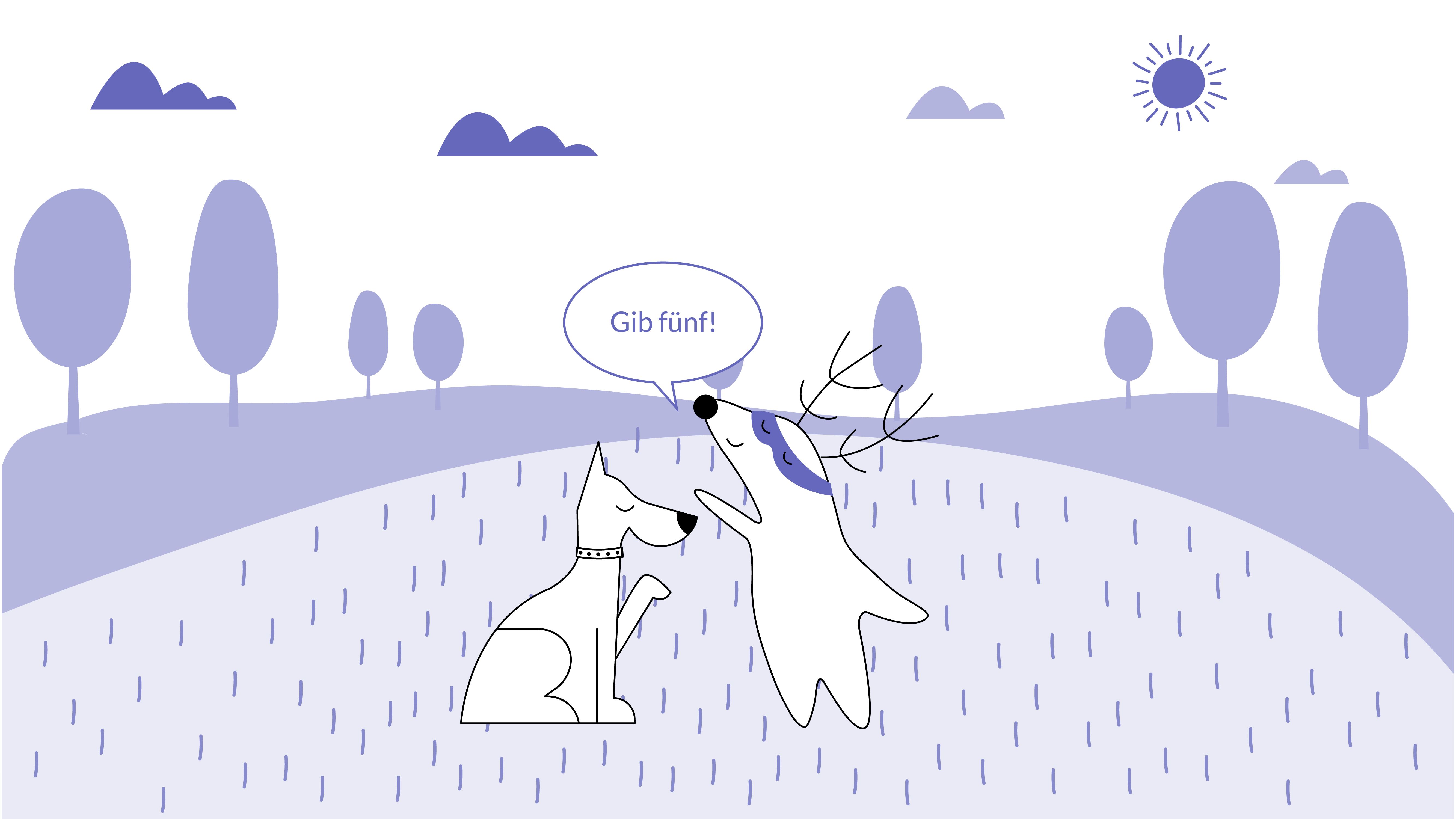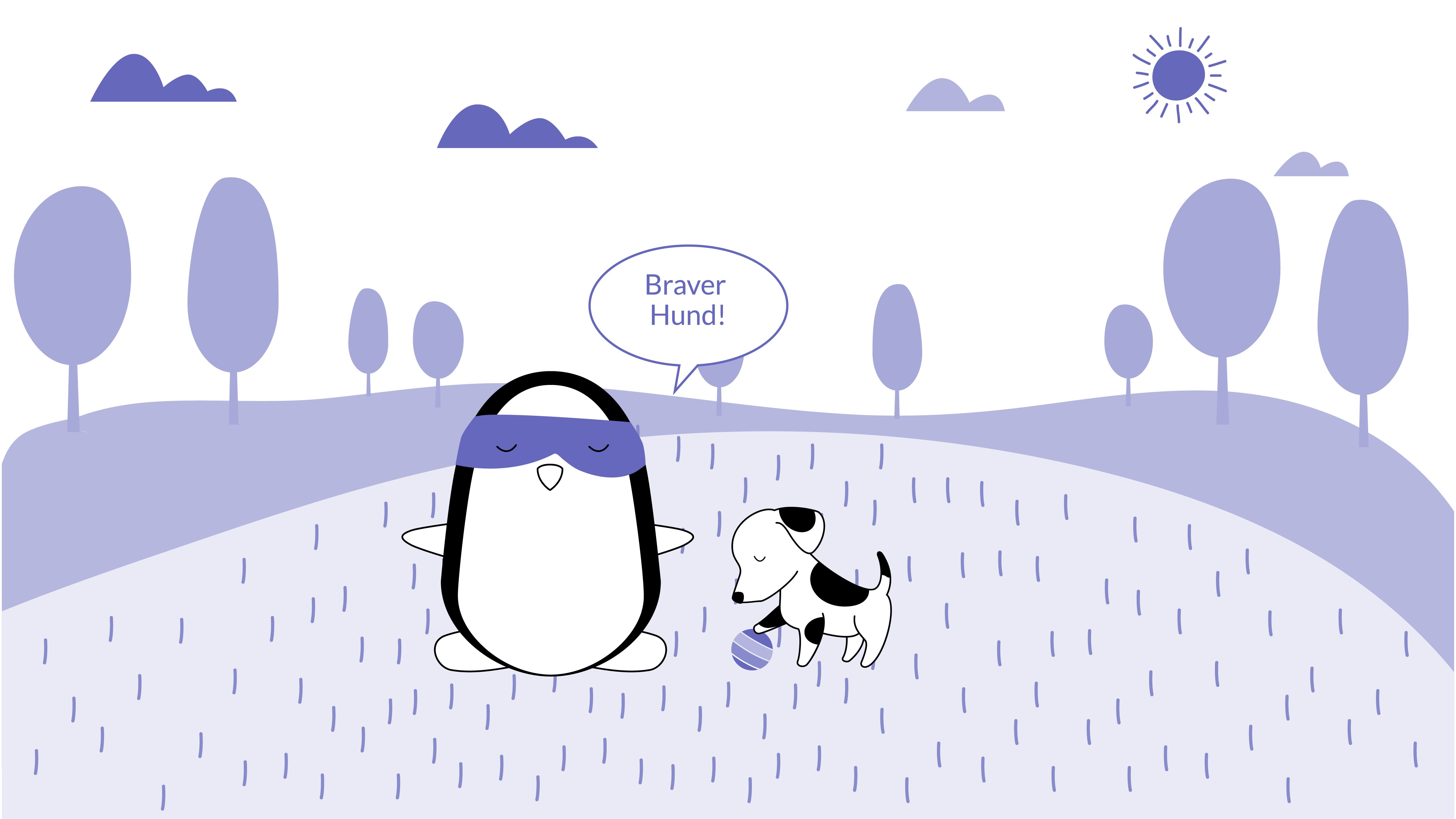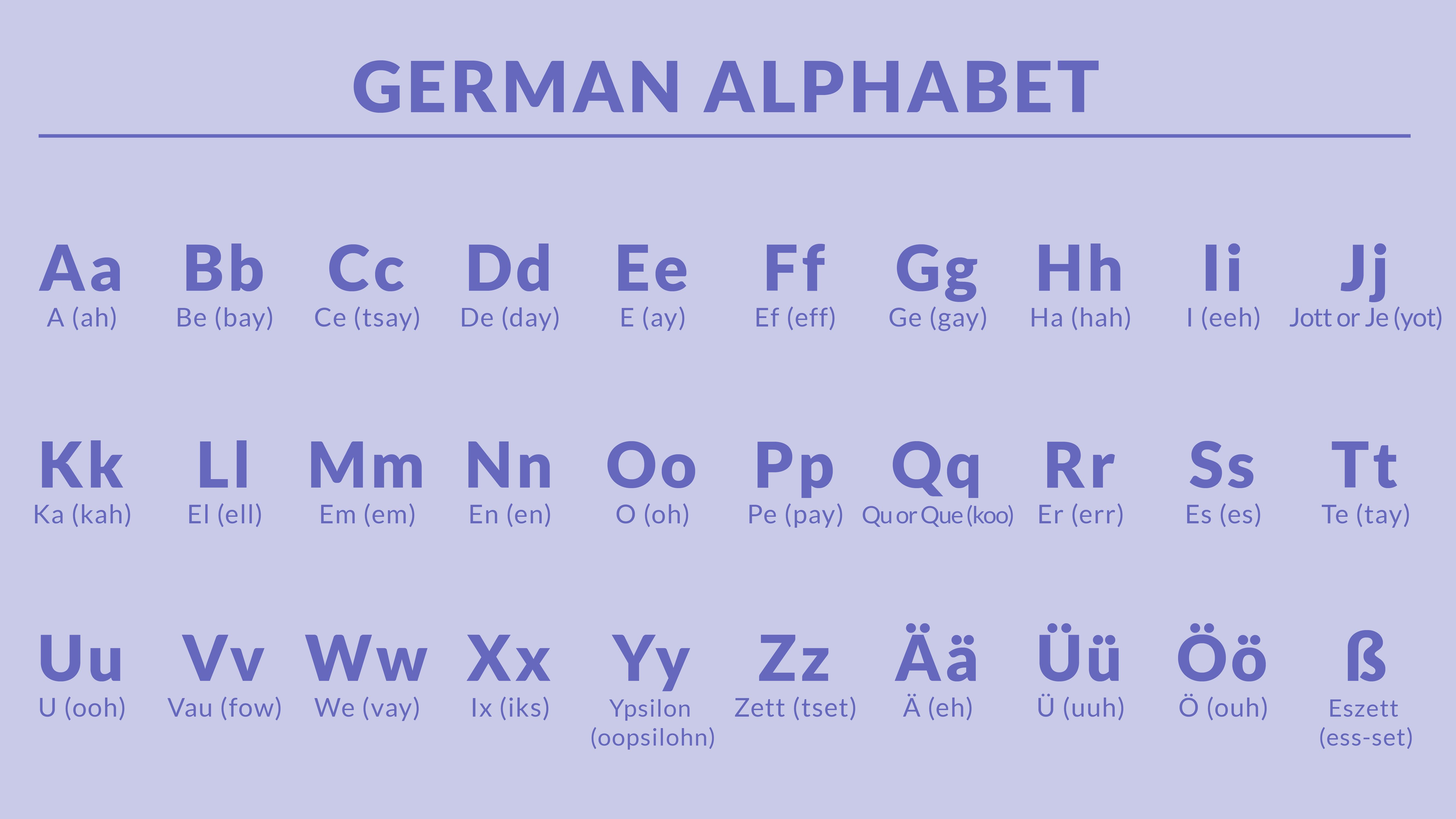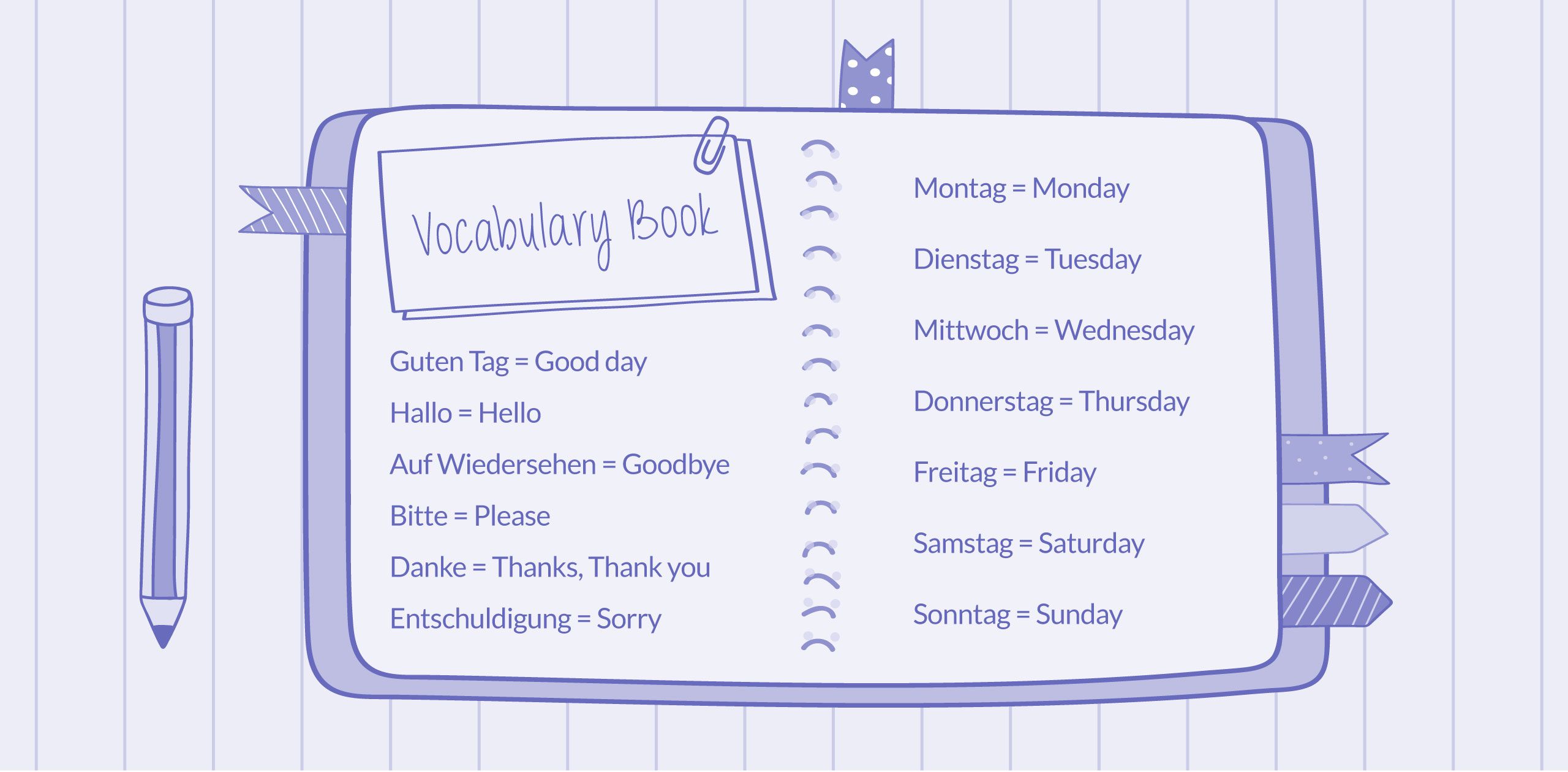
Training your dog is an investment that pays off in the form of a well-behaved and obedient pet. It's a journey that not only instills discipline but also fosters a deeper understanding between you and your furry friend.
With a myriad of methods available, choosing the right one for your pet can seem daunting. One approach that stands out for its effectiveness and precision is the use of German commands in training.
Whatever your reason for training your pet in a foreign language — be it relocation to a German-speaking country (no better way to get to know the locals than meeting fellow dog owners at daily walks in the park) or adopting a furry pet member with your partner who happens to be a native German speaker — it can be more beneficial than you might think.
German dog commands have been making waves in the world of canine training, favored by many professional trainers and pet owners alike. These commands, distinct and concise, offer a unique way to communicate with your pet.
Besides, introducing a few German words into your training routine is a surefire way for dogs to distinguish the commands from everyday conversation, thus reducing potential confusion and enhancing your dog's focus during training sessions.
In the following sections, we'll delve into the world of German dog commands, exploring their benefits and how to use them correctly. Let’s begin!
Learn German with Langster
Why Train Your Dog in German?
Training your dog with German commands offers a host of benefits, both for you and your pet — for one, this approach introduces a level of novelty and engagement that can make the process enjoyable.
The preference for the German language in dog training dates back to Germany’s early 1900s when intensive efforts were made to train dogs for police work and war. These initiatives were incredibly successful, setting a precedent that continues to influence modern dog training methods.
The German language has thus become synonymous with effective canine communication and remains the most popular foreign language for dog training even to this day.
Moreover, many popular dog breeds originate from Germany. This includes German Shepherds, Rottweilers, Doberman Pinschers, Schnauzers, Dachshunds, Great Danes, and even Poodles and Pomeranians, among many others.
If you own a German breed or mix, it adds an authentic touch to train them using German commands. So, why not embrace this effective and engaging approach to dog training?
As you repeat the commands, you'll find yourself naturally picking up German words — particularly verbs — which can come in handy outside of your training sessions.
This practice also allows you to improve your grammar skills, as most dog commands are given in the imperative form. For example, you'll be practicing this verb form when telling your dog to bring — the German equivalent of the English command “fetch.”
German dog commands are typically short and easy to understand, making them an excellent choice for canine training. Providing our pet dogs with unique words that are solely used to communicate with them can result in them paying more attention to you when they hear a dog command in German.
With consistent use, both you and your dog can become bilingual with ease.
Besides, using German commands adds a cool factor to your training sessions. Speaking Deutsch to your dog is not only impressive to friends but also intriguing to other dog walkers you may meet during your strolls.
However, it's important to note that the choice of language isn't critical to the dog. Any foreign language can be used for dog commands. What is essential is the distinctiveness of the sounds used.
By choosing words that are unique and exclusively used when interacting with your pet, you can enhance your dog's focus and responsiveness during training sessions.

Basic Dog Commands in German
Now, it’s time to dive into the world of German dog commands with these basic words you want to make sure your dog understands:
German
English
Aus
Give; Drop it; Down; Let go
When you need your dog to let go of something, use aus. It literally means “out of,” asking your dog to release whatever they're holding in their mouth.
German
English
Bring
Fetch
Derived from the German verb bringen, this command instructs your dog to fetch something. You can also use the word apport, borrowed from French, with the same meaning.
German
English
Bleib
Stay
From the German verb bleiben, meaning “stay” or “remain,” use this command when you want your dog to stay put.
German
English
Fuß
Heel
Ideal for leash training, this German command instructs your dog to walk by or behind your feet, not ahead.
German
English
Hier
Here
Komm
Here
To call your dog over, use hier or komm. Both words closely resemble their English counterparts in meaning and pronunciation.
German
English
Lauf
Go
If you want your dog to start running, use the German word lauf, derived from laufen, which means “walk” or “run.”
German
English
Gib Laut
Speak
Teach your dog to bark on command with this phrase, literally translating to “give sound.”
German
English
Gib Pfötchen
Shake (paw)
Gib fünf
Gimme five

Teach your dog these fun tricks with these commands!
German
English
Fass
Bite
Useful for guard and police dogs or during play, this German dog command instructs your dog to bite or grab something.
German
English
Nein
No
Pfui
No
Use nein to stop your dog from misbehaving or pfui to discourage them from putting something unpleasant in their mouth.
German
English
Sitz
Sit
An easy German dog command to teach, which means “sit.”
German
English
Platz
Lay
To instruct your dog to lie down, use the command platz.
German
English
Stopp
Stop
Halt
Stop
Train your dog to halt immediately with these commands. Alternatively, you can use this one:
German
English
Steh
Stand
Such
Search
For search and rescue training or simple games of hide-and-seek, use such, derived from suchen, which means “search” or “look for.”
German
English
Braver Hund!
Good dog!
Last but surely not least, after a successful training session, reward your dog with praise using braver Hund, which translates to “good dog.”

Advanced German Dog Commands
If you’re ready to venture into more complex training, here are some more advanced German dog commands for you to try:
German
English
Achtung!
Watch!
Achtung is a German command to get your dog's attention and have them focus on a particular object or direction. It literally translates to “attention.”
German
English
Bauch
Belly
Tot
Play dead
For a playful trick, train your dog to lie down and show their belly or play dead using these German dog commands, respectively.
German
English
Hopp
Jump
Hup
Up
Get your dog to jump or stand up on their hind legs with these two commands.
German
English
Umdrehen
Roll over
If you want to teach your dog the classic trick of rolling over, use the word umdrehen, which translates to “turn around.”
German
English
Warten
Wait
Teach your dog the patience to wait with the German dog command warten. This can be especially useful during meals or when preparing for walks.
As you advance in your training, feel free to incorporate even more complex commands.
Remember: Consistency is key when teaching your dog new commands, regardless of the language used.
The Bottom Line

Embracing German dog commands can bring a unique twist to your dog training techniques. These commands, recognized for their simplicity and clarity, are a compelling choice for training.
If your dog is of a German dog breed, using native commands can add an extra layer of authenticity to your interactions. Plus, the ability to issue commands in German is not just functional but also a fun conversation starter with other dog enthusiasts.
Remember, consistent use of these commands, whether they're basic or advanced, is the key to successful training. Coupling these commands with positive reinforcement can significantly enhance your dog's learning experience.
So, why not add a bit of Deutsch to your dog training? It might just be the exciting twist you've been looking for in your dog’s training routine, while our Langster app will assist you in your own German language learning journey. Happy training!
Learn German with Langster









